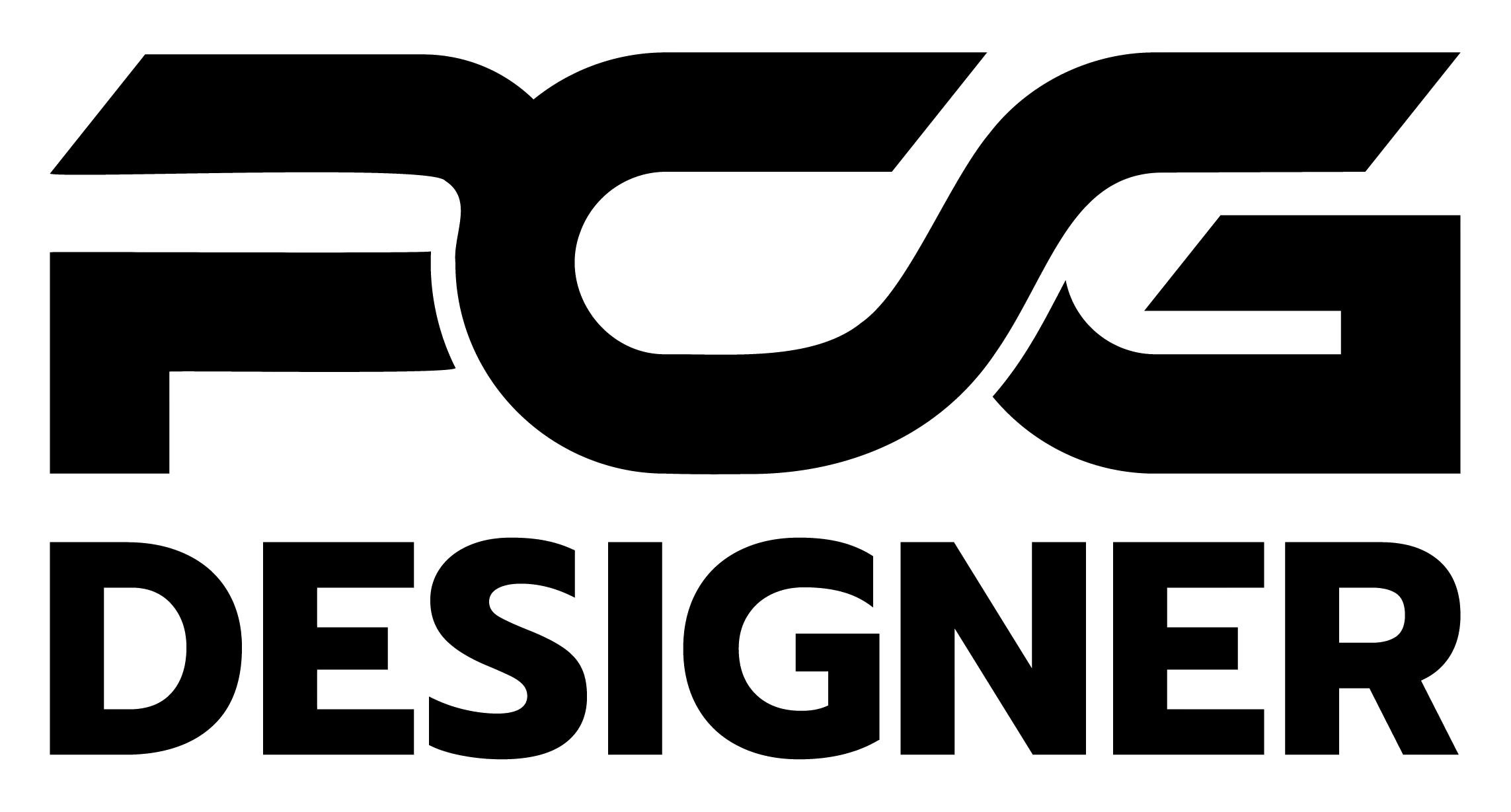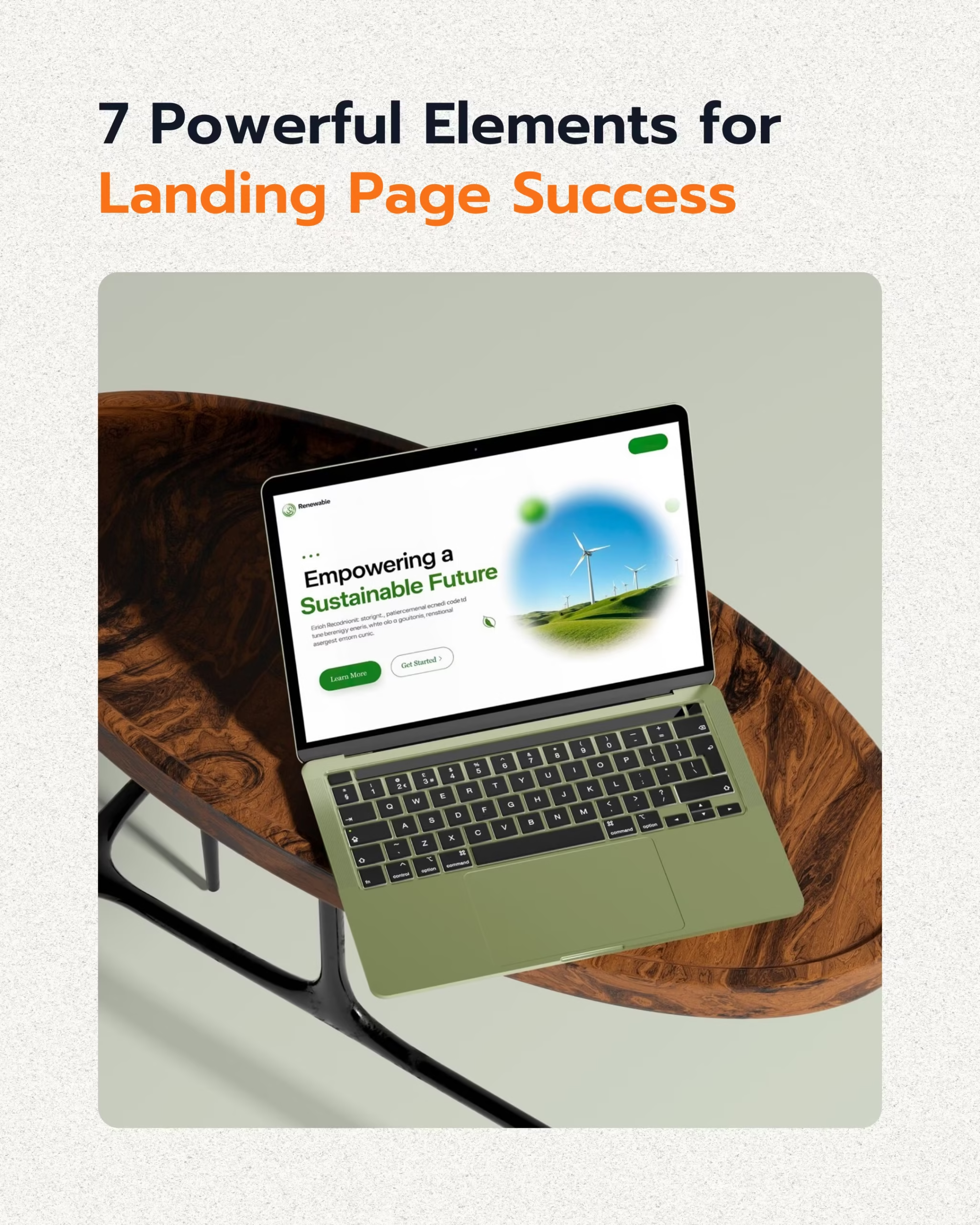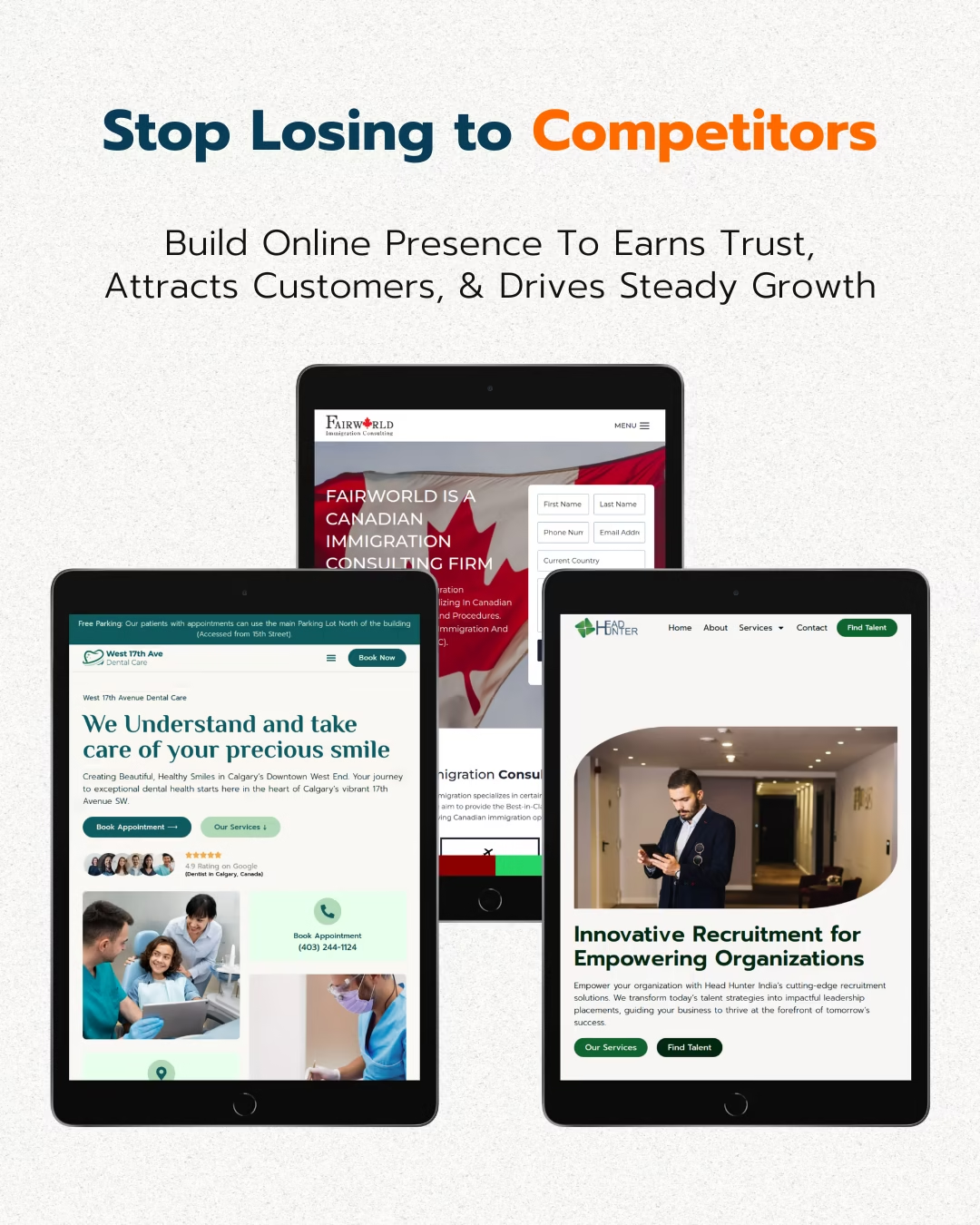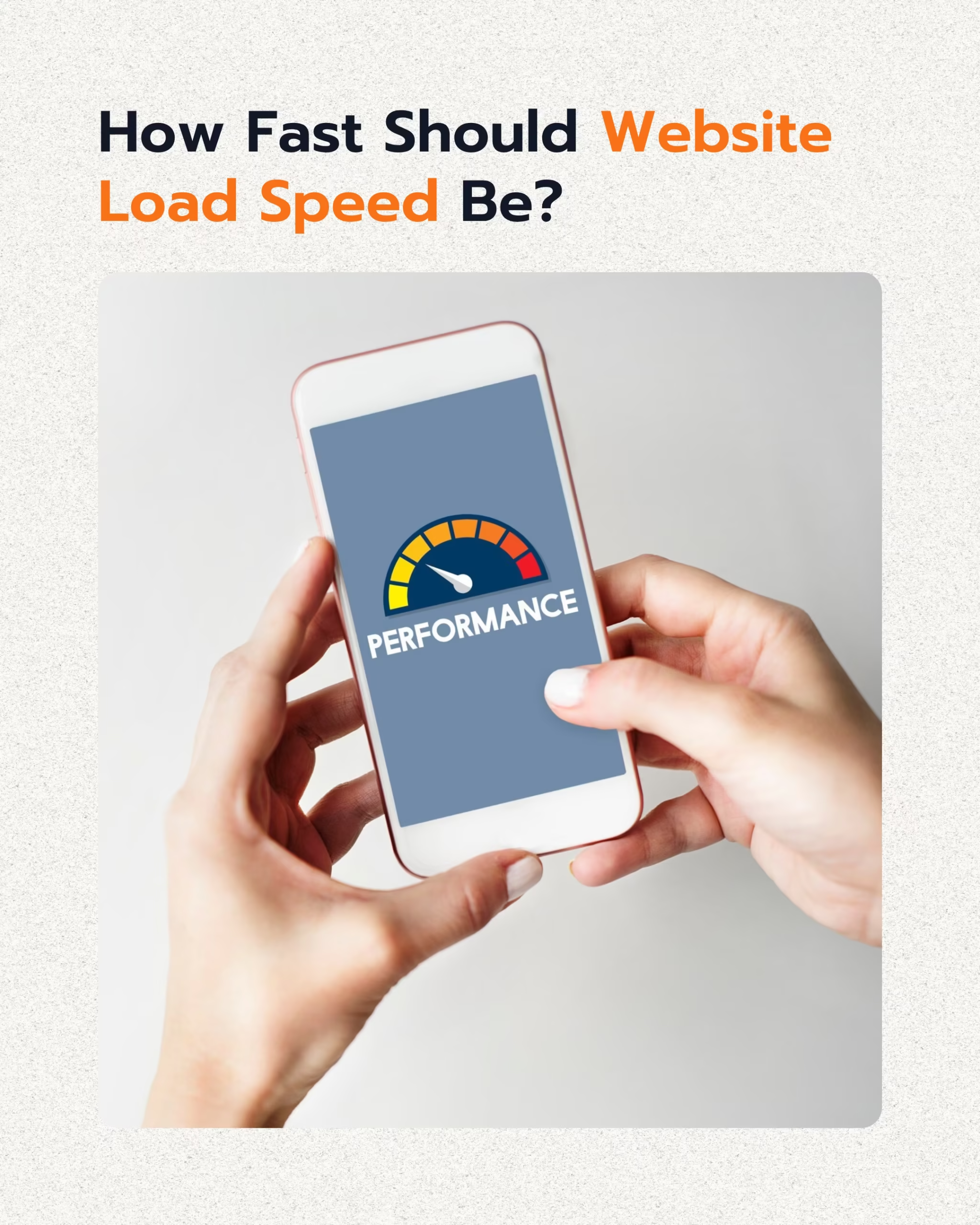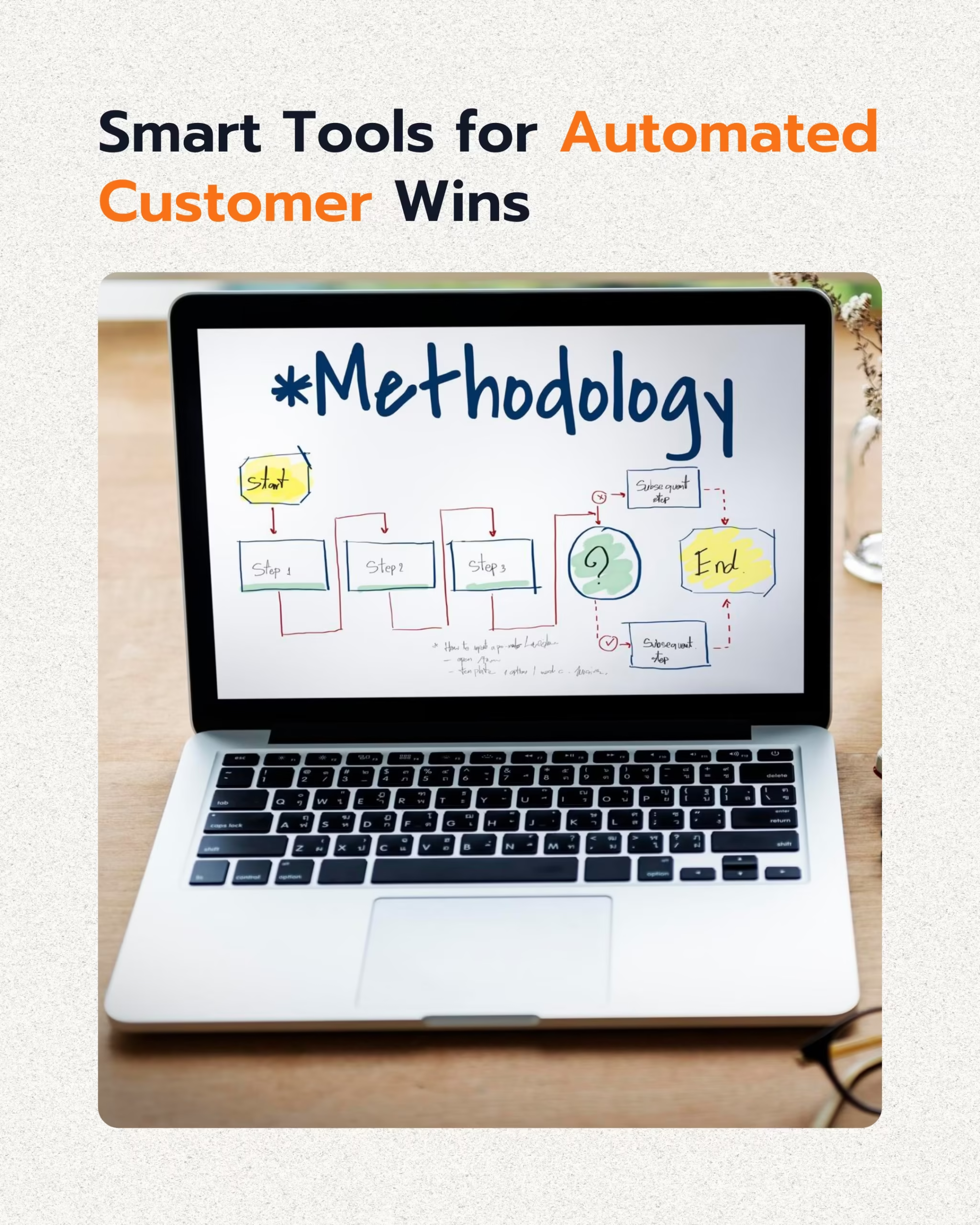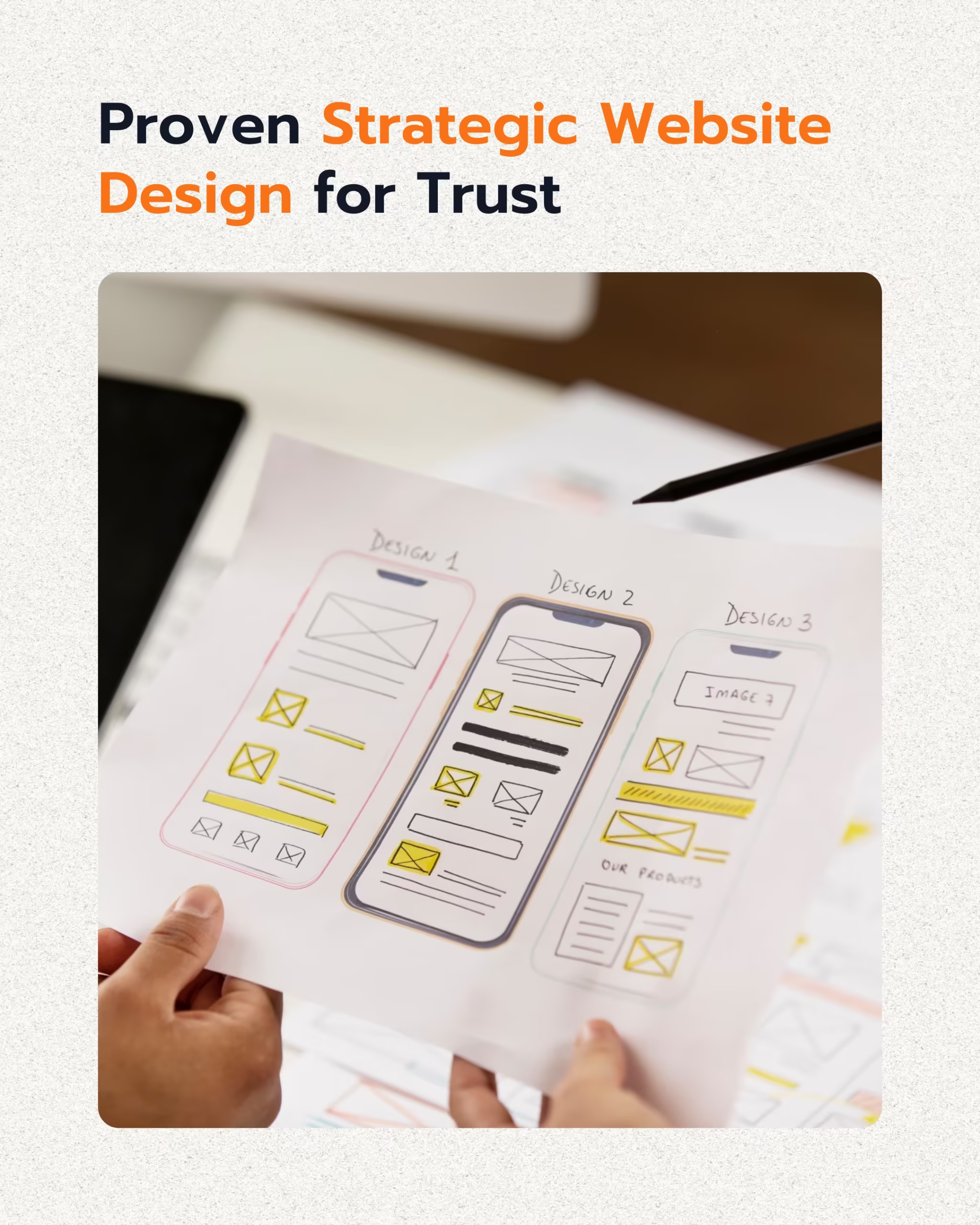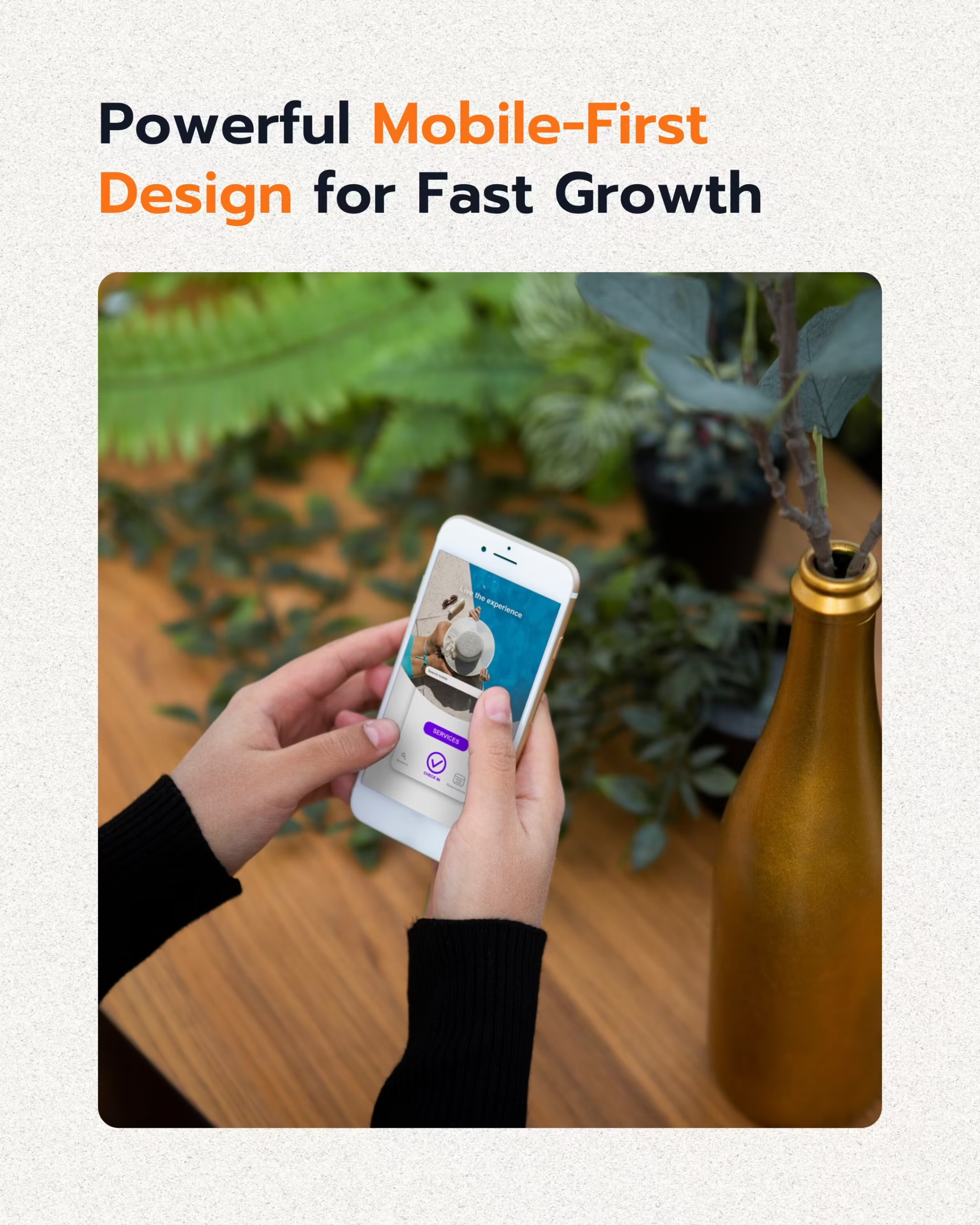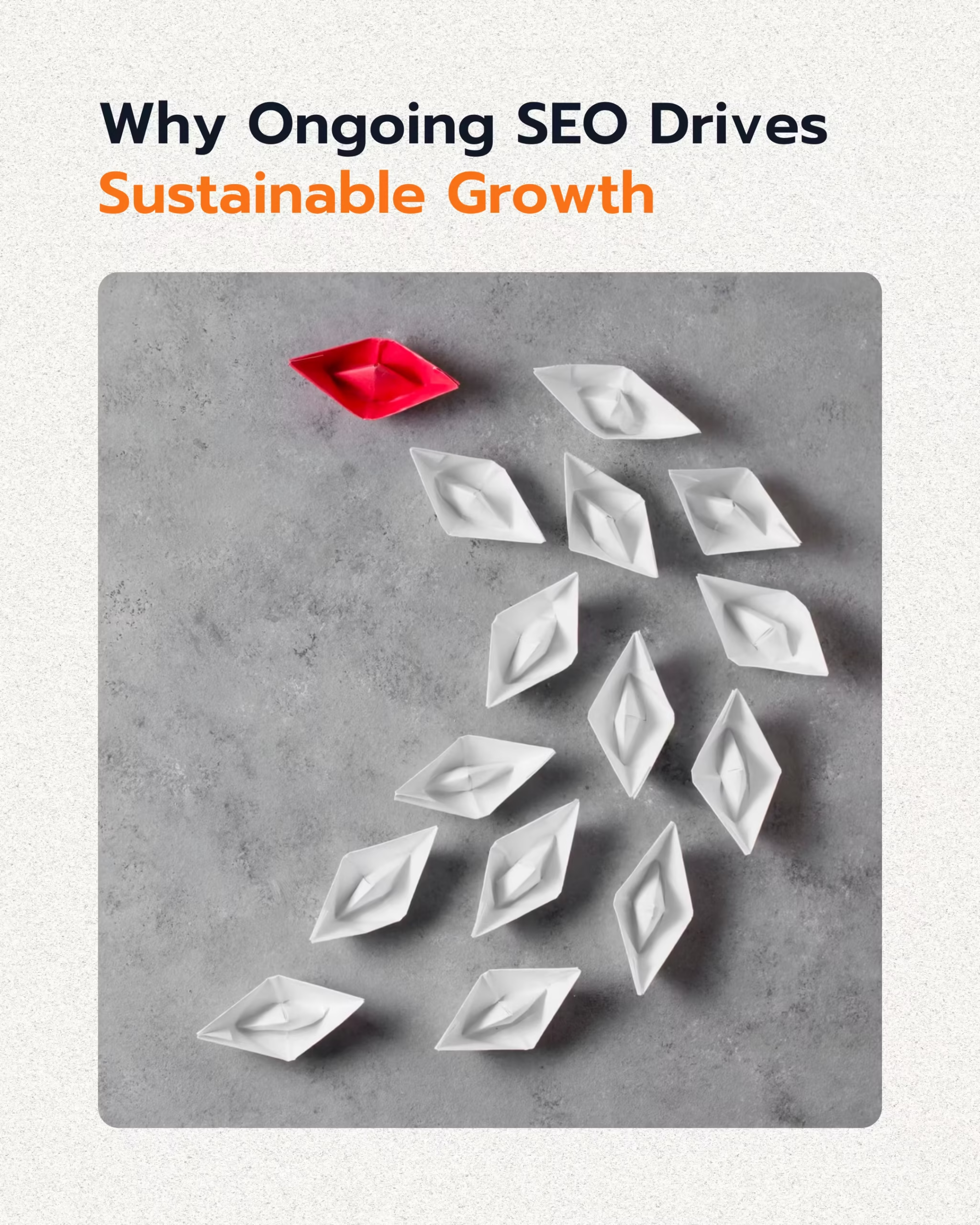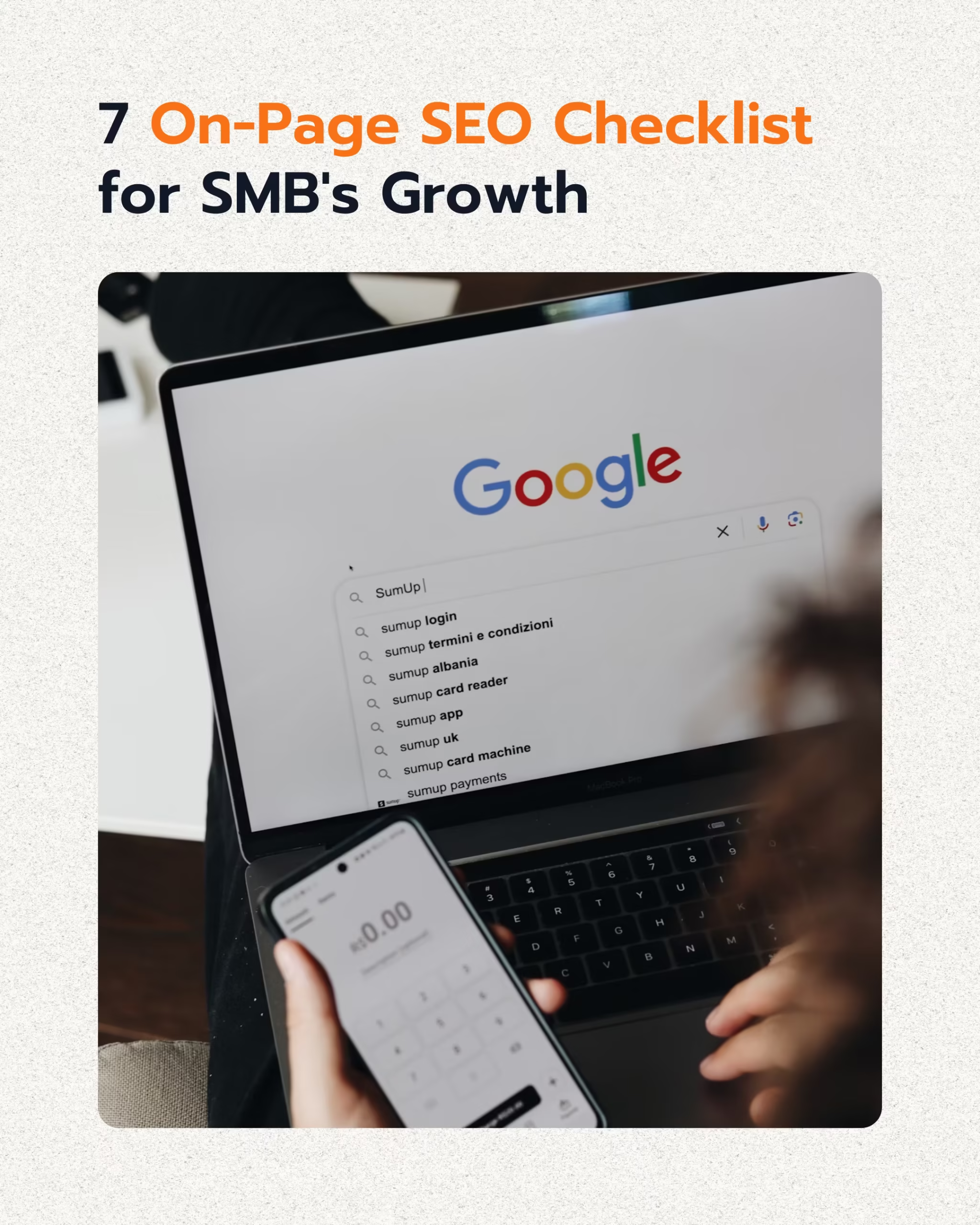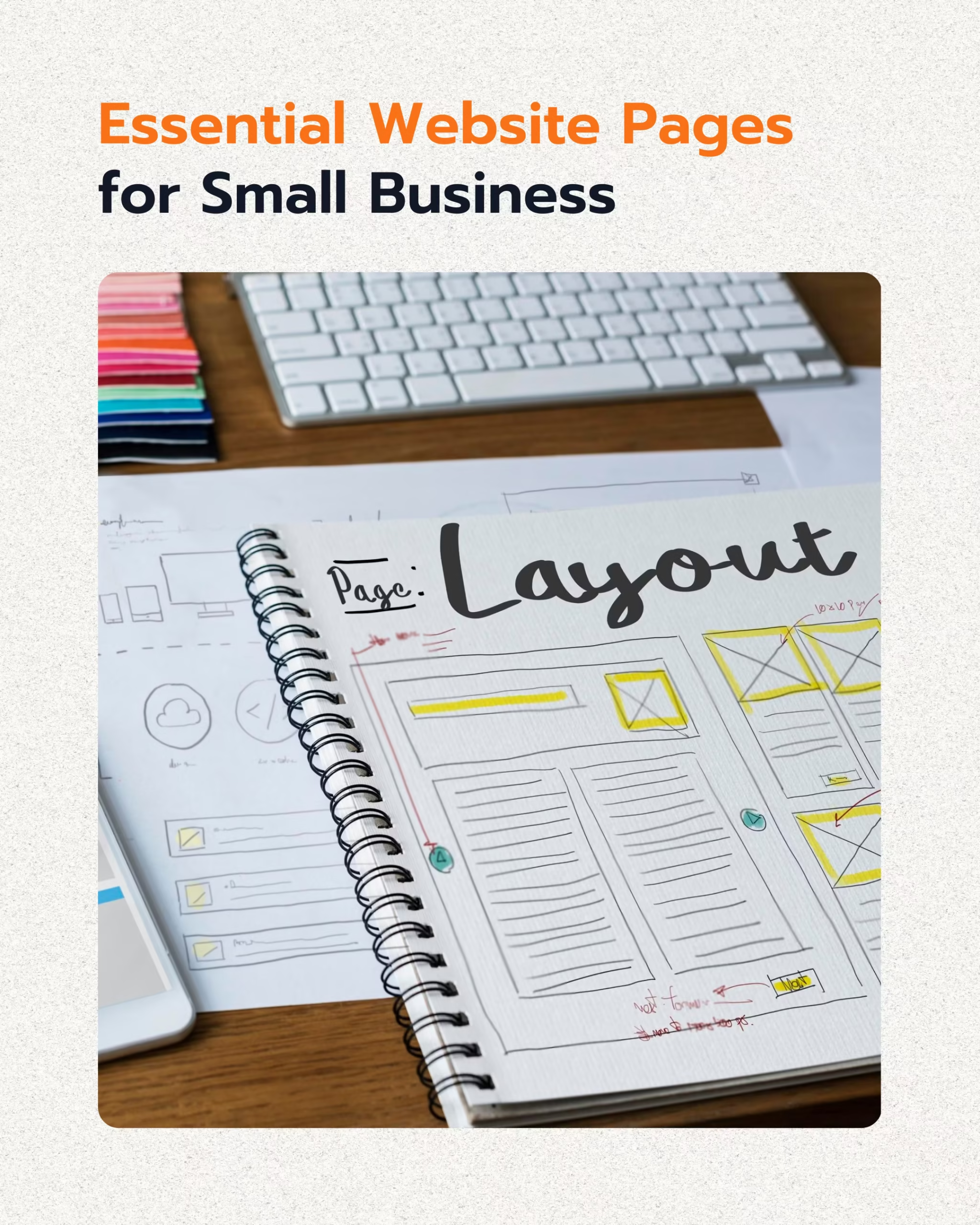High-converting landing pages are essential for digital marketing success. They act as dedicated gateways designed to capture leads or drive specific actions. Understanding the best elements for high-converting landing pages helps businesses optimize their online presence and achieve measurable results.
This guide explores the seven critical elements that define a high-performing landing page. We will examine market data, core strategies, and practical applications to help you refine your landing page optimization efforts.
Clear and Singular Call to Action (CTA)
A high-converting landing page prioritizes a single, unambiguous call to action. This focus guides visitors towards the desired conversion goal without distraction. Removing alternative navigation elements reinforces this singular purpose.
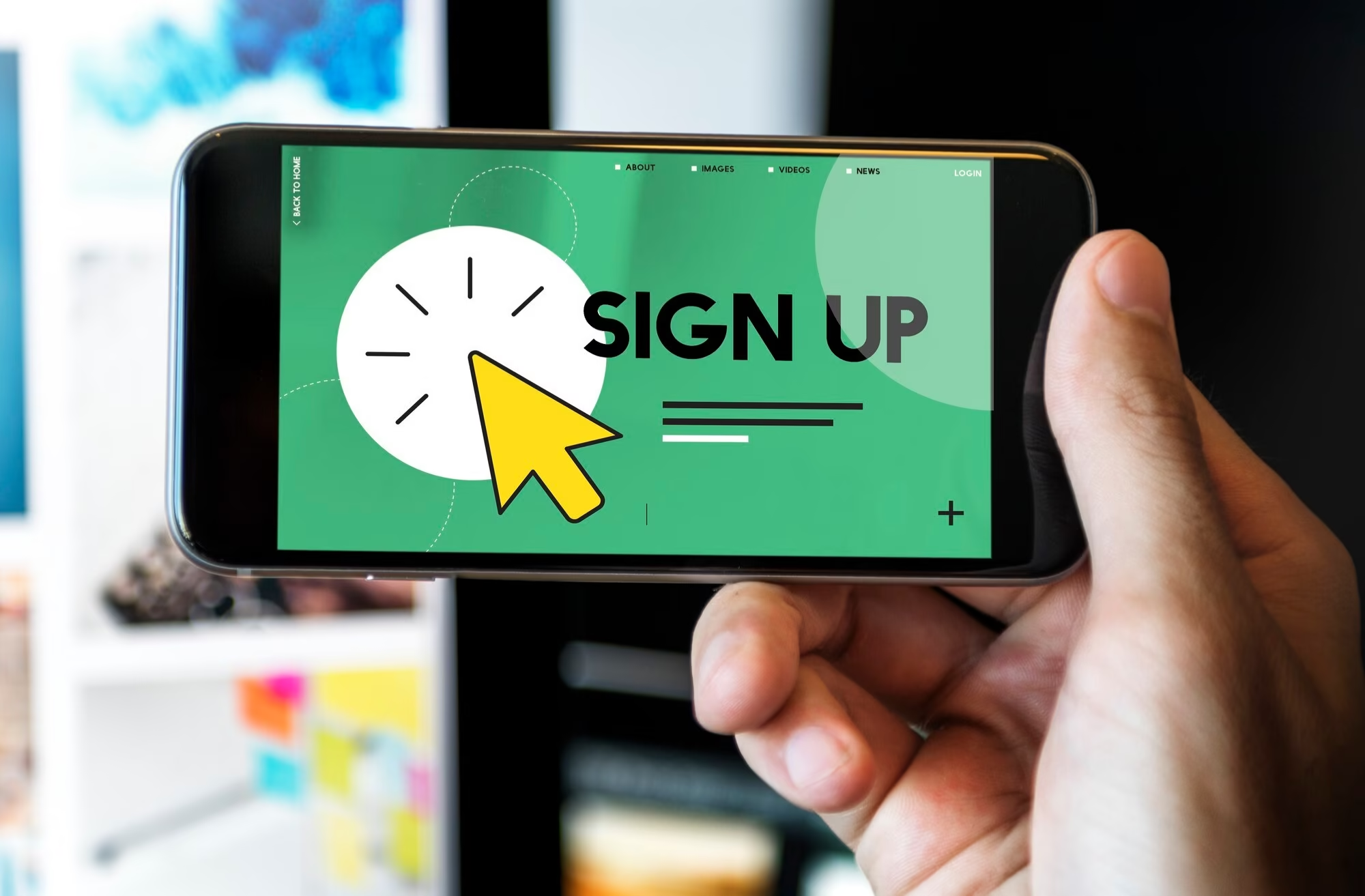
Why a Singular CTA Matters
Landing pages with a *single* call to action average a 13.5% conversion rate, significantly higher than pages with multiple CTAs, according to Unbounce via Ecommerce Bonsai [2]. This statistic highlights the power of focus. When visitors have too many options, they often choose none. A clear CTA reduces cognitive load and directs user behavior.
How to Optimize Your CTA
Optimizing your CTA involves several key considerations:
- Concise Wording: Use action-oriented verbs like “Get Your Free Ebook,” “Start Your Trial,” or “Download Now.” Avoid vague phrases.
- Prominent Placement: Position the CTA above the fold and make it visually distinct with contrasting colors.
- Benefit-Oriented Language: Frame the CTA around what the user gains, not just what they do. For example, “Save 20% Now” instead of “Click Here.”
For instance, Basecamp’s landing page uses momentum-building messaging like “It’s time for Basecamp” to lead visitors toward conversion [12]. Similarly, Databox’s survey of 37 companies found CTAs to be the single most crucial factor for conversions [10].
Impact of Removing Distractions
Removing navigation links on a landing page can double conversion rates, emphasizing focus on action rather than distraction [2]. This strategy ensures visitors concentrate solely on the offer and the CTA. For example, many successful landing pages omit header and footer navigation to keep users on the conversion path.
Consider the following comparison:
| CTA Strategy | Average Conversion Rate | Key Benefit |
|---|---|---|
| Single, Clear CTA | 13.5% | Reduces decision fatigue, directs focus |
| Multiple CTAs | Lower than 13.5% | Increases confusion, dilutes intent |
| Navigation Removed | Doubled Conversion Rate | Eliminates distractions, streamlines user journey |
Fast Page Load Speed
Page load speed significantly impacts user experience and conversion rates. Slow-loading pages lead to high bounce rates and lost opportunities. Optimizing for speed is a fundamental aspect of high-converting landing page best practices.
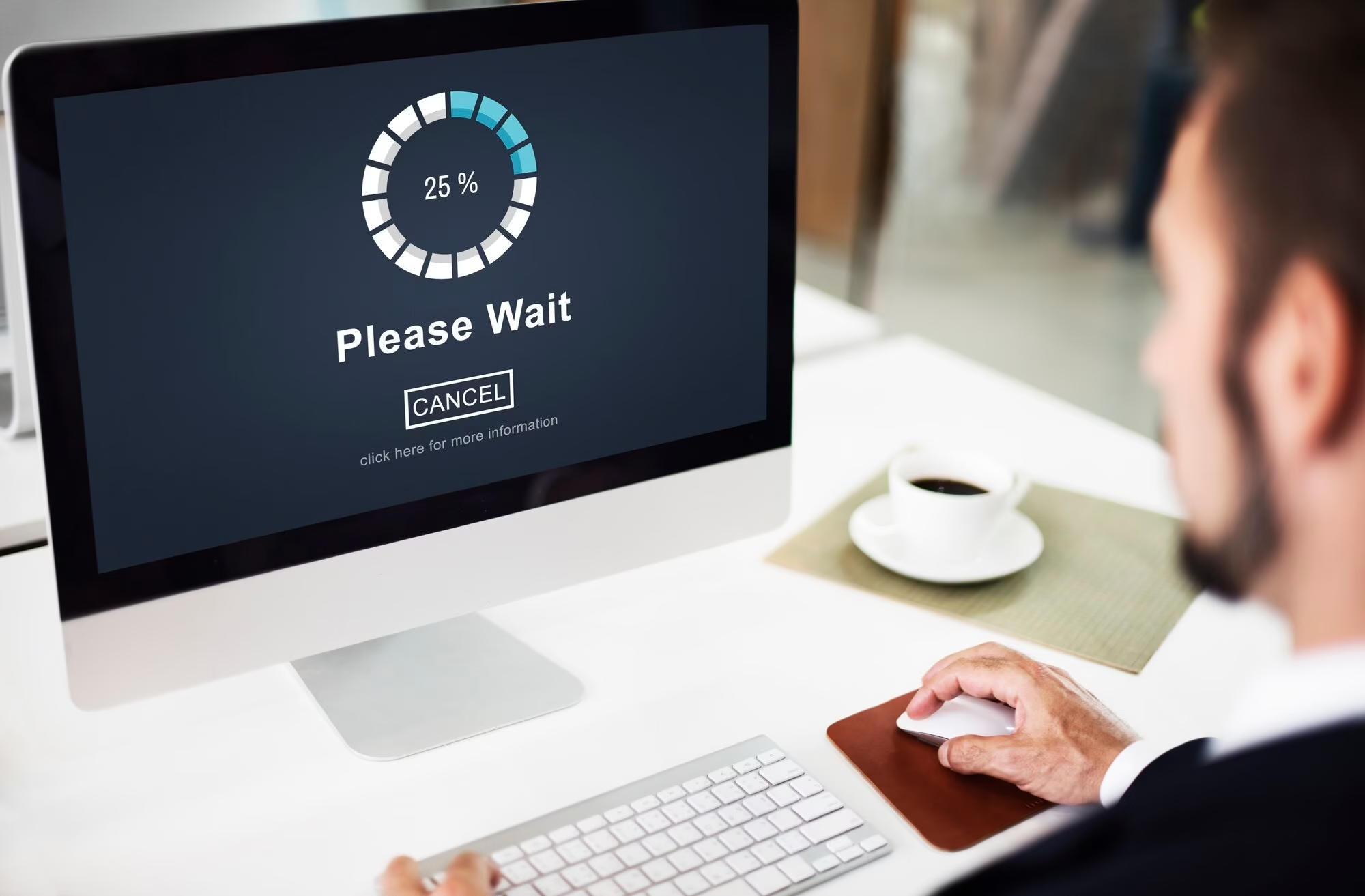
The Direct Link to Conversions
Pages load speed within 1 second achieve 3 to 5 times higher conversion rates compared to pages that load in 5 to 10 seconds, respectively [5]. This data underscores the impatience of online users. Every second counts in retaining visitor attention and encouraging interaction.
As of 2025, 86% of pages load speed under 5 seconds, an increase reflecting industry efforts to optimize performance [5]. This trend indicates that fast loading times are becoming the standard, not an exception.
Strategies for Speed Optimization
To ensure your landing pages load quickly, implement these strategies:
- Optimize Images: Compress images without sacrificing quality. Use modern formats like WebP.
- Minimize HTTP Requests: Reduce the number of files (CSS, JavaScript, images) the browser needs to download.
- Leverage Browser Caching: Allow browsers to store parts of your page so they load faster on repeat visits.
- Use a Content Delivery Network (CDN): Distribute your content across multiple servers globally to deliver it faster to users based on their geographic location.
Databox lists optimized page speed among top strategies that companies implement to boost conversions [10]. This expert consensus reinforces the importance of technical optimization.
Why Speed is a Trust Factor
Beyond conversions, page speed also influences user perception of trustworthiness and professionalism. A slow site can feel outdated or unreliable. Conversely, a fast, responsive site conveys efficiency and competence. This subtle psychological impact contributes to overall conversion success.
Engaging Video Content
Video content has emerged as a powerful tool for increasing engagement and clarity on landing pages. Its ability to convey complex information quickly and emotionally makes it a top element for high-converting landing pages.

The Impact of Video on Conversions
According to HubSpot, 38.6% of marketers say videos have the biggest impact on landing page conversion rates [2]. Videos can explain products or services, showcase testimonials, or provide demonstrations in a more compelling way than text alone. This visual and auditory engagement helps build rapport and trust with potential customers.
For example, Woorank notes that video testimonials positively impact 38.6% of marketers’ conversions [13]. This specific application of video content directly addresses trust and credibility.
Types of Video Content for Landing Pages
Different types of videos serve various purposes:
- Explainer Videos: Quickly introduce a product or service and its benefits.
- Testimonial Videos: Feature satisfied customers sharing their positive experiences.
- Product Demos: Show how a product works in action, highlighting key features.
- Brand Story Videos: Connect with visitors on an emotional level by sharing your company’s mission and values.
Basecamp uses screenshots of real workflows and customer testimonials, showcasing benefits rather than just features [12]. While not strictly video, this illustrates the power of visual storytelling to convey value.
Best Practices for Video Integration
To maximize the effectiveness of video content:
- Keep it Concise: Most landing page videos should be under 2 minutes to maintain engagement.
- Place it Strategically: Embed videos prominently, often in the hero section or near key information.
- Include a Transcript: Provide a text transcript for accessibility and SEO purposes.
- Optimize for Mobile: Ensure videos play smoothly on all devices.
Videos enhance clarity and engagement, directly supporting conversion improvements. They offer a dynamic way to communicate your value proposition, making them a crucial component of modern landing page optimization.
Industry-Specific Optimization & Targeting
Generic landing pages rarely achieve peak performance. High-converting landing pages are meticulously tailored to specific industries and target audiences. This precision ensures messaging resonates deeply with visitor needs and expectations.
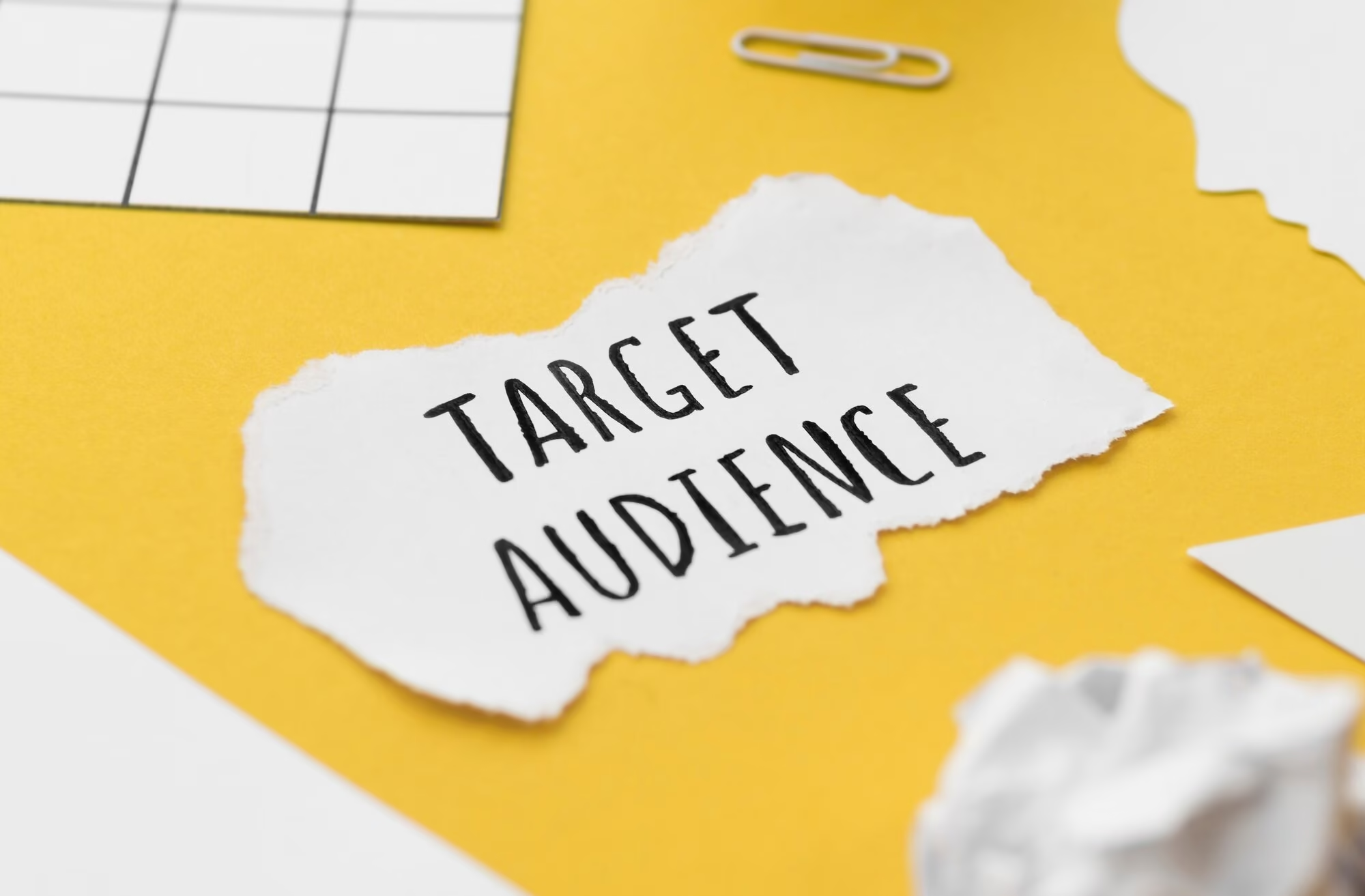
Understanding Industry Benchmarks
The median landing page conversion rate across industries is 6.6% as of Q4 2024, based on analysis of 464 million visits and 57 million conversions on 41,000 pages by Unbounce [1]. However, this average masks significant variations:
- Financial services landing pages convert at an 8.4% median, notably higher than the general average [1]. This often reflects high-intent visitors and clear value propositions.
- SaaS landing pages underperform with a 3.8% median due to complex buying cycles [8]. This indicates a need for educational, value-focused content to nurture leads.
Tailoring Content to Audience Needs
Effective industry-specific optimization involves:
- Using Industry Jargon (Appropriately): Speak your audience’s language to build credibility and understanding.
- Addressing Specific Pain Points: Highlight challenges unique to that industry and offer tailored solutions.
- Showcasing Relevant Case Studies: Feature success stories from clients within the same industry.
For example, a B2B software company targeting financial institutions would use language and examples specific to banking regulations or investment strategies, rather than general business terms. HubSpot uses “Grow your business with the help of a HubSpot partner” as a headline that promises a solution to customer problems [23], demonstrating audience-specific messaging.
Why B2B Often Outperforms B2C
B2B landing pages generally outperform B2C, with better organic and paid search conversion rates [8]. This is likely due to the higher purchase intent and more targeted messaging in B2B contexts. B2B buyers often conduct extensive research, making them more receptive to detailed, solution-oriented landing pages.
| Industry | Median Conversion Rate | Implication |
|---|---|---|
| Financial Services | 8.4% | High-intent audience, clear value |
| Overall Average | 6.6% | General benchmark |
| SaaS | 3.8% | Complex buying cycle, requires nurturing |
Strategic Landing Page Segmentation
Creating multiple, segmented landing pages for different campaigns, audiences, or offers dramatically improves conversion rates. This approach allows for hyper-personalized messaging, which resonates more effectively with diverse visitor segments.
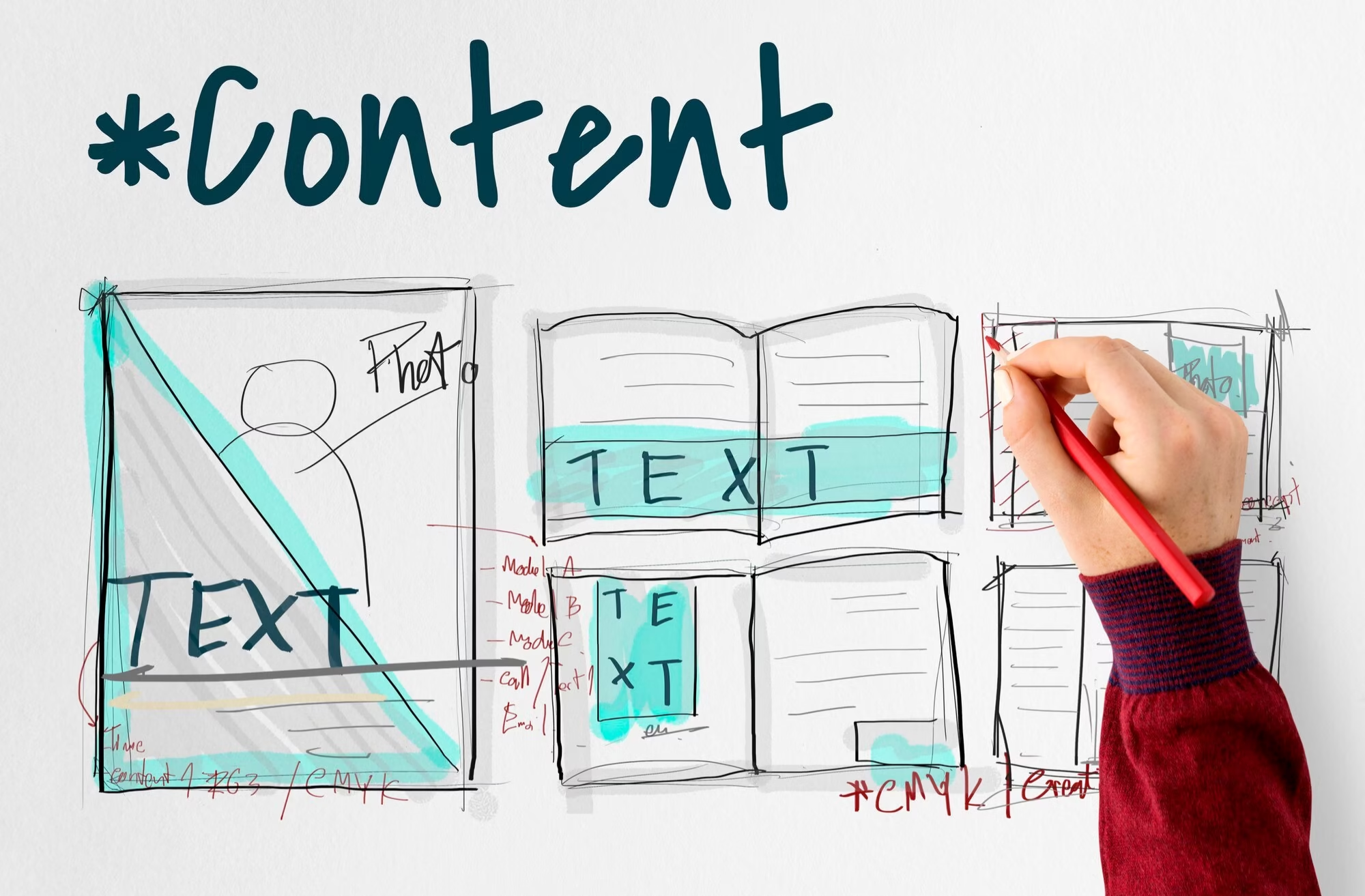
The Power of More Landing Pages
Businesses with 21 to 40 landing pages see nearly a 300% increase in conversions over those with fewer pages, according to Salesgenie [3]. This statistic powerfully illustrates the benefit of segmentation. Each page can address a specific need or target a particular demographic.
Websites publishing 40+ pages get 12x more conversions than those with five or fewer [2]. This further emphasizes that a broader, more segmented approach to landing page creation yields substantial returns.
How to Implement Segmentation
Effective landing page segmentation involves:
- Audience Demographics: Create pages for different age groups, locations, or income levels.
- Traffic Sources: Design specific pages for visitors coming from paid ads, organic search, social media, or email campaigns.
- Product/Service Variations: Have unique pages for different product tiers, features, or service packages.
- Stage in Buyer’s Journey: Develop pages for awareness, consideration, and decision stages, offering relevant content (e.g., ebooks, webinars, demos).
For example, a software company might have one landing page for “Free Trial Sign-up” targeting new leads and another for “Enterprise Demo Request” aimed at larger businesses. Each page would have distinct messaging, visuals, and CTAs.
Benefits of Tailored Messaging
Tailored messaging on segmented landing pages leads to:
- Higher Relevance: Visitors see content directly applicable to their interests.
- Increased Engagement: Personalized content holds attention longer.
- Improved Conversion Rates: A direct match between offer and need drives action.
- Better Ad Quality Scores: For paid campaigns, relevant landing pages improve ad performance and reduce costs.
This strategic approach moves beyond a one-size-fits-all model, recognizing that different users require different engagement paths to conversion.
Social Proof and Trust Indicators
Building trust is paramount for converting visitors into customers. Social proof and other trust indicators provide external validation, reassuring potential customers that your offer is credible and valuable.
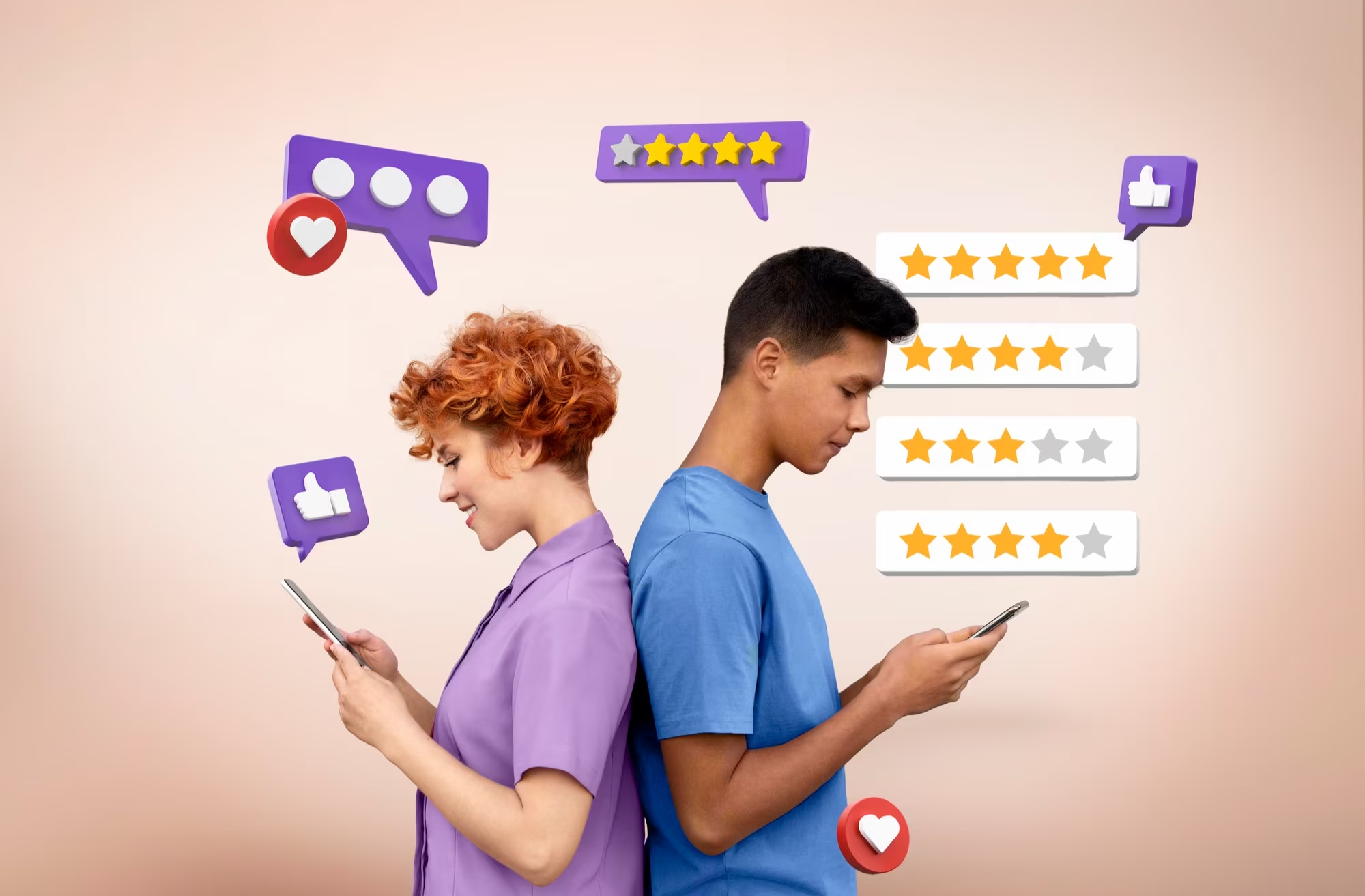
The Role of Social Proof
While specific percentages vary, incorporating social proof (reviews, testimonials, trust badges) consistently improves user trust and conversion likelihood [8]. People are more likely to trust recommendations from others, especially peers, than direct marketing claims.
More than 51.5% of marketers use social media to drive traffic to landing pages [2], underscoring the role of social validation in the conversion pipeline. This traffic often comes with an inherent level of social proof, as users are already engaging with the brand on a social platform.
Types of Trust Indicators
Integrate various forms of social proof and trust signals:
- Customer Testimonials: Direct quotes or video snippets from satisfied clients. Basecamp includes over 30 pages of testimonials integrated throughout their page to reassure prospects [12].
- Case Studies: Detailed accounts of how your product or service solved a client’s problem, with measurable results.
- Trust Badges/Certifications: Logos from security providers (e.g., SSL certificates), industry associations, or awards.
- Star Ratings/Reviews: Aggregate ratings from platforms like Google, Yelp, or industry-specific review sites.
- Client Logos: Display logos of well-known companies you’ve worked with.
- Social Media Mentions/Follower Counts: Indicate popularity and community engagement.
Databox highlights integration of social proof as a key tactic used by high-performing pages [10]. This expert insight confirms its effectiveness.
Building Credibility and Reducing Friction
Trust indicators reduce perceived risk and objections. When visitors see that others have had positive experiences, they feel more confident in taking the next step. This is particularly crucial for higher-value offers or services that require a significant commitment.
For example, a financial services landing page might prominently display regulatory compliance badges and client success stories to build confidence in a sensitive industry.
Minimal Design and Distraction Removal
A clean, uncluttered design is fundamental to a high-converting landing page. By removing unnecessary elements, you guide the visitor’s eye directly to the value proposition and the call to action, minimizing cognitive load and preventing abandonment.

The Power of Simplicity
Stripping navigation elements can double conversion rates, demonstrating that simpler, distraction-free designs focus users on the conversion goal [2]. This principle applies to all non-essential elements on a landing page. Every component should serve a clear purpose: to inform, persuade, or convert.
Clear, concise value propositions and straightforward benefits messaging support conversion rates above typical averages [3]. This means not only removing visual clutter but also streamlining your message.
Elements to Minimize or Remove
Consider eliminating or simplifying these common distractions:
- Navigation Menus: As noted, removing these can significantly boost conversions.
- Excessive Text: Use bullet points, short paragraphs, and bolding to make text scannable.
- Multiple CTAs: Stick to one primary call to action.
- Irrelevant Images/Graphics: Every visual should support the message, not just fill space.
- Pop-ups (unless highly targeted): Overuse can annoy users.
- Social Media Icons (unless for sharing the offer): Avoid linking away from the page.
Landingi stresses concise persuasive messaging tailored to the audience’s needs [11]. This reinforces the idea that less is often more when it comes to effective communication on a landing page.
Creating a Focused User Journey
A minimal design creates a clear path for the user, from understanding the offer to taking action. It reduces decision fatigue and keeps the visitor engaged with the primary objective. This focused approach is critical for maximizing conversion potential.
For example, HelloFresh increases conversions by starting sign-up immediately and reinforcing value with a floating discount banner [15]. This design choice removes friction and keeps the user focused on the conversion process.
Landing Page Optimization FAQs
How do I determine the best CTA for my landing page?
The best CTA aligns with your primary conversion goal and offers clear value to the user. Start by identifying the single most important action you want visitors to take, then craft concise, action-oriented language that highlights the benefit of that action. A/B testing different CTA texts and designs is crucial for optimization.
What are the key benefits of fast page load speed for conversions?
Fast page load speed significantly improves user experience, reduces bounce rates, and directly boosts conversion rates. Pages loading within 1 second can achieve 3 to 5 times higher conversion rates compared to slower pages [5]. It also signals professionalism and reliability to visitors.
Why should I use video content on my landing pages?
You should use video content because it increases engagement, clarifies complex information quickly, and builds trust. Videos can explain products, showcase testimonials, and convey emotions more effectively than text, with 38.6% of marketers citing video as having the biggest impact on conversion rates [2].
When to use industry-specific optimization for landing pages?
Use industry-specific optimization whenever your product or service targets a particular niche or vertical. Tailoring your messaging, visuals, and examples to resonate with the specific needs and language of that industry can significantly improve relevance and conversion rates, as seen in financial services (8.4% median) outperforming the overall average (6.6%) [1].
What are the benefits of having multiple landing pages?
Having multiple landing pages allows for highly segmented and personalized messaging, leading to significantly higher conversion rates. Businesses with 21 to 40 landing pages see nearly a 300% increase in conversions compared to those with fewer [3]. This strategy enables you to target different audiences, campaigns, and stages of the buyer’s journey with relevant content.
How do social proof and trust indicators affect conversion rates?
Social proof and trust indicators build credibility and reduce visitor skepticism, directly influencing conversion rates. Testimonials, case studies, and trust badges reassure potential customers by showing that others have had positive experiences. This external validation helps overcome objections and encourages action, as highlighted by Databox’s findings on high-performing pages [10].
What elements should I remove for a minimal landing page design?
For a minimal landing page design, remove any elements that do not directly contribute to the conversion goal. This typically includes navigation menus (which can double conversion rates when removed [2]), excessive text, multiple CTAs, irrelevant images, and social media icons that link away from the page. The goal is to create a focused user journey.
Can A/B testing improve my landing page conversions?
Yes, A/B testing is essential for continuous improvement of landing page conversions. By testing different headlines, CTAs, visuals, and copy variations, you can identify what resonates best with your audience. Databox emphasizes A/B testing as a key strategy for optimizing conversion rates [10], allowing you to make data-driven decisions.
What is the average conversion rate for landing pages?
The median landing page conversion rate across all industries is 6.6% as of Q4 2024, according to Unbounce [1]. However, this rate can vary significantly by industry, with some sectors like financial services seeing higher rates (8.4%) and others like SaaS experiencing lower rates (3.8%).
How important is mobile optimization for landing pages?
Mobile optimization is critically important for landing pages. With a significant portion of web traffic coming from mobile devices, a non-responsive or poorly optimized mobile experience can lead to high bounce rates and lost conversions. Experts like Databox and Landingi stress mobile optimization as essential for maintaining engagement and improving conversion rates [10] [11].
What role does a compelling headline play in conversions?
A compelling headline is the first impression and sets the tone for the entire page. It must instantly convey your unique value proposition and resonate with visitor pain points, aligning with ad copy and setting clear expectations. A strong headline, like HubSpot’s “Grow your business with the help of a HubSpot partner” [23], captures attention and encourages further engagement, making it a crucial element for high conversion.
How can I use heatmaps to optimize my landing page?
Heatmaps provide visual data on how users interact with your landing page, showing where they click, scroll, and spend their time. This insight helps identify areas of interest, confusion, or friction. By analyzing heatmap data, you can refine your design, optimize CTA placement, and improve content flow to enhance user experience and boost conversion rates, as recommended by Databox [10].
Conclusion
Creating high-converting landing pages requires a strategic blend of clear messaging, technical optimization, and user-centric design. By focusing on a singular call to action, ensuring fast load speeds, leveraging engaging video, tailoring content to specific industries, segmenting for personalized experiences, building trust with social proof, and maintaining a minimal, distraction-free design, businesses can significantly improve their conversion rates.
The best elements for high-converting landing pages are not static; they require continuous testing and refinement. Implementing these strategies, backed by current market data and expert insights, will help you optimize your landing pages for maximum performance in the competitive digital landscape.
